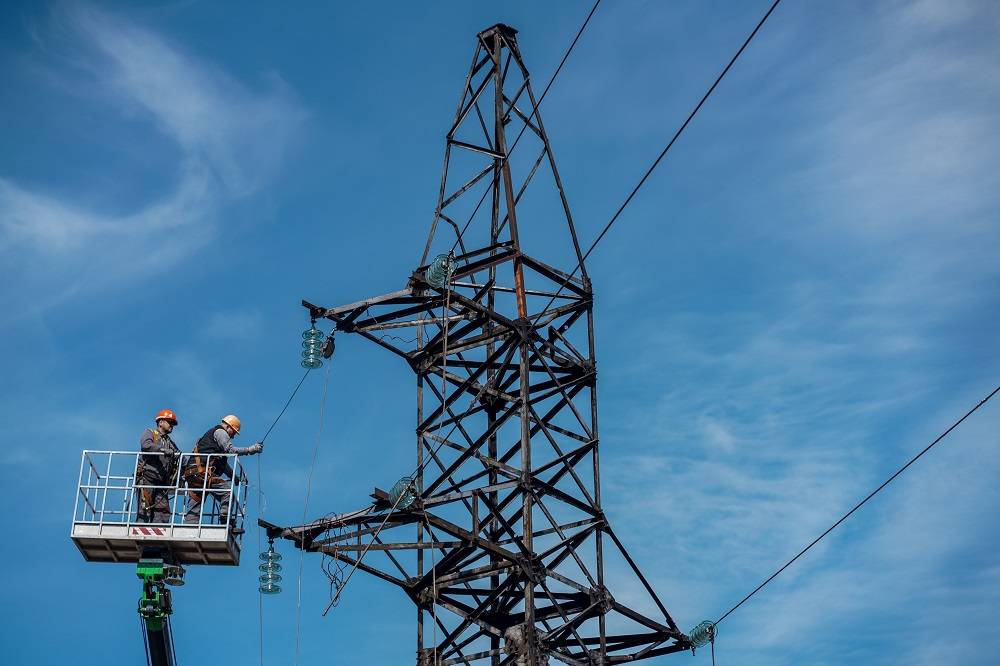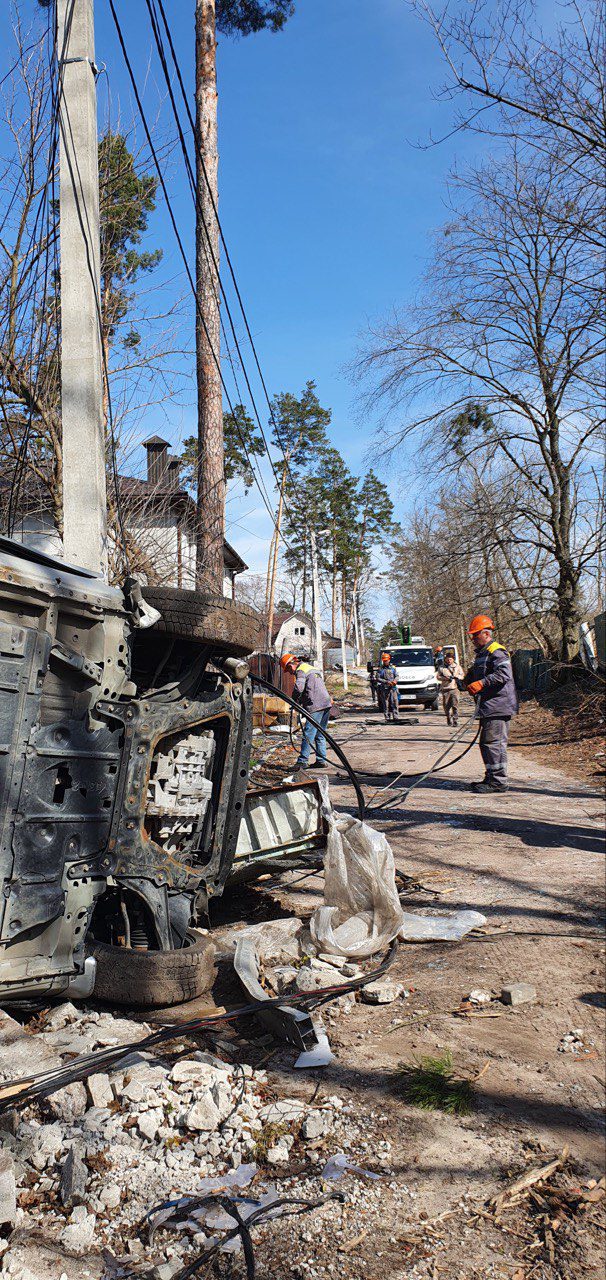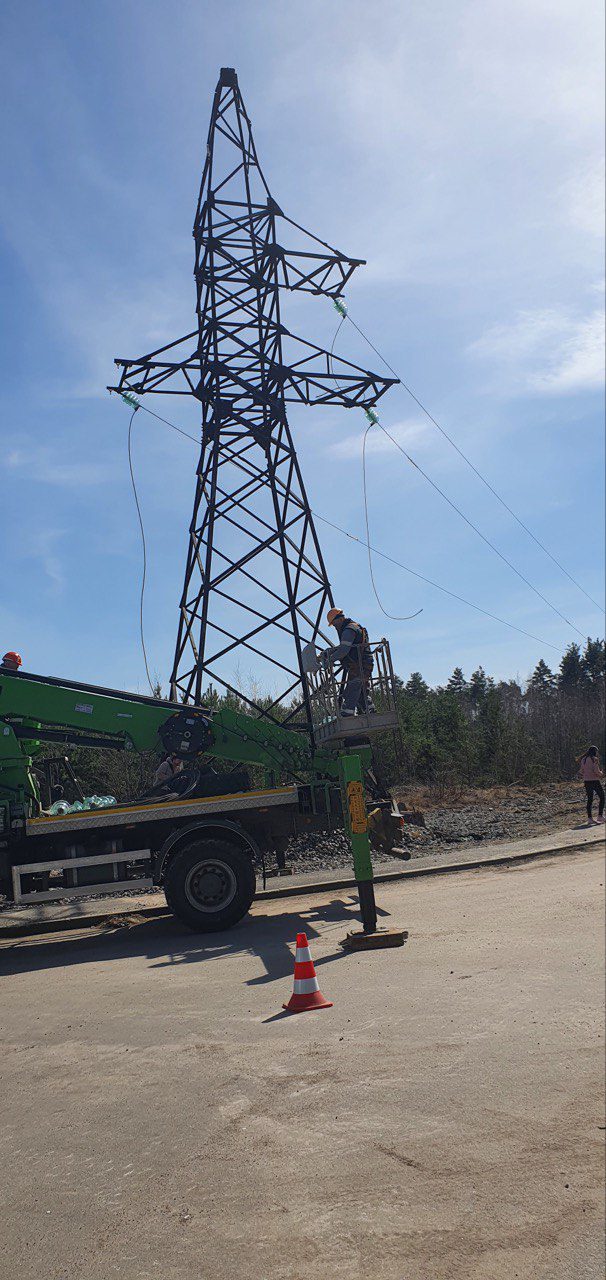Operating Energy Systems in a War-Torn Country: DTEK Prepares for Winter
Credit to Author: Aaron Larson| Date: Fri, 19 Aug 2022 22:13:55 +0000

While much of the world lives life as usual, DTEK—the largest private investor in Ukraine’s energy sector—is focused on providing reliable service amidst war and uncertainty.
“Today, the major topic for us is to provide stability in durations of electricity sector in Ukraine and also do everything possible to prepare for winter season,” DTEK CEO Maxim Timchenko said during a press briefing on Aug. 18.
DTEK’s companies are involved in coal and natural gas extraction; electricity generation from wind, solar, and thermal power plants; energy resources trading in national and international markets; distributing and supplying electricity to consumers; providing energy efficiency services to customers; and developing high-speed charging station networks. It employs about 60,000 people, and has been recognized as one of Ukraine’s best employers by EY (the international auditing company) and Ukrainian business publications.
“Unfortunately, we pay a very high price to maintain electricity supply in the areas under control,” said Timchenko, referring to the 67 DTEK employees who have been killed as a result of the war while performing work for the company. Additionally, 143 employees have been injured on the job due to the war. Employees have also been killed while fighting as part of the Ukrainian armed forces.

Supplying Electricity to Ukraine and Beyond
“We still have production about 10.5 GW of capacity,” Timchenko said. “Mostly, demand is covered by nuclear, involved with more than 70% of electricity produced by Energoatom, our state nuclear company.”
One way DTEK is keeping its head above water financially is by exporting power. Timchenko said the company is exporting about 250 MW of capacity to Slovakia and Romania, while also exporting about 220 MW to Poland. “Most of the income and price spread goes to the state through our daily options we have on the market,” said Timchenko.
The price spreads are currently significant and give DTEK great financial support. Timchenko noted that prices in Ukraine today are about €80/MWh, while electricity in neighboring countries is running about €350/MWh to €380/MWh. “So, the price is four times higher than Ukrainian wholesale price,” he said. DTEK is targeting power exports of 800 MW by the end of the year.
Sufficient Coal and Gas Supplies
There is about 1.7 million tons of coal in stock in the Ukraine, according to Timchenko, of which, 1.6 million is held at DTEK’s thermal power plants. In preparation for winter, the Ukrainian government would like to see that increased to 2 million tons by Oct. 1, but Timchenko suggested that was unrealistic. He said DTEK is doing everything possible to increase production at its coal mines, but that stocks of 1.8 million tons of coal was a more likely scenario.
“It’s quite normal size and quite secure position, in our opinion. And I think that with this coal stock, we can feel quite confident that our thermal power generation can operate at full capacity during winter season,” Timchenko said.
Turning to the topic of natural gas, Timchenko said DTEK has 12.7 billion cubic meters (Bcm) of gas in storage. While it has been suggested that the company should increase that for the winter season to 19 Bcm by Oct. 1, Timchenko said that was unrealistic, too, given the short amount of time between now and then. “Based on our assumptions, and our balance of demand and supply, 14.5–15 Bcm of gas will be enough for this winter season,” he said. “And it means that we do not need to import significant volumes of gas from our European partners. So, basically, we can be self-sufficient in gas supply in Ukraine.”
Nuclear Plant a Wildcard
But the biggest question mark for all these forecasts, according to Timchenko, is the operation of Zaporizhzhya nuclear power plant (NPP). The station is the largest nuclear power plant in Europe with a capacity of 6,000 MW. He said all of DTEK’s calculations and forecasts are based on the assumption that Zaporizhzhya will supply 2,000 MW of capacity through the winter. If that capacity were unavailable, it would present a challenge.
“Based on our forecast, even if the Zaporizhzhya NPP will not be operating, and during winter season we will have enough capacity to meet demand inside of Ukraine. But in this scenario, we cannot do any export of electricity, at least during fourth and first quarter, and at some periods, we will need to use either more gas or do even import of electricity at some volume. Again, a lot depends on weather conditions,” said Timchenko.
Plant Maintenance and Power Restoration Continues
Last Friday, DTEK reported winter preparations were in progress at its thermal power plants. The company plans to repair a total of 26 power units by the end of the year. It said 12 units had already completed outages, four units were in progress, and another 10 are tentatively scheduled to be repaired in coming months.
“The recent days’ events in and around the Zaporizhzhya NPP and Russia’s nuclear blackmail prove once again that Ukraine has to prepare for the extremely difficult winter and, in an equal manner, extremely difficult challenges,” Ildar Salieiev, CEO of DTEK Energo, said in a statement posted on Aug. 12. “We are well aware that the maneuverable thermal generation capacity is critically important for the country’s energy front. That is why our power engineers and professionals from repair organizations work 24/7 and do their best to prepare the equipment in order to ensure the reliability of the Ukrainian power system.”
In an Aug. 5 announcement, DTEK said power had been restored completely to a region of Kyiv that was freed from Russian occupation on April 2. High-voltage and distribution networks supplying power to homes of about 260,000 families in 600 settlements was returned, specifically in the districts of Bucha, Vyshhorod, and Brovary, which had suffered extensive damage.

“In the Kyiv region, where the energy infrastructure suffered heavy destruction, it has taken us only 45 days to accomplish this massive network restoration of such a scale that the Ukrainian energy sector has never experienced throughout its history,” the company said. Significant work continues to restore power in other parts of the country, particularly in the Donetsk region.
—Aaron Larson is POWER’s executive editor (@AaronL_Power, @POWERmagazine).
The post Operating Energy Systems in a War-Torn Country: DTEK Prepares for Winter appeared first on POWER Magazine.